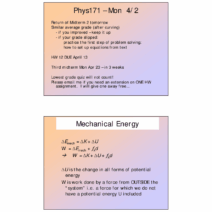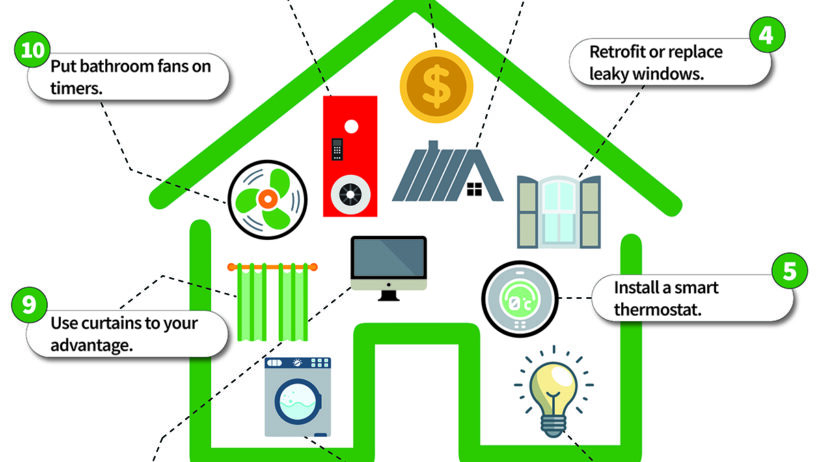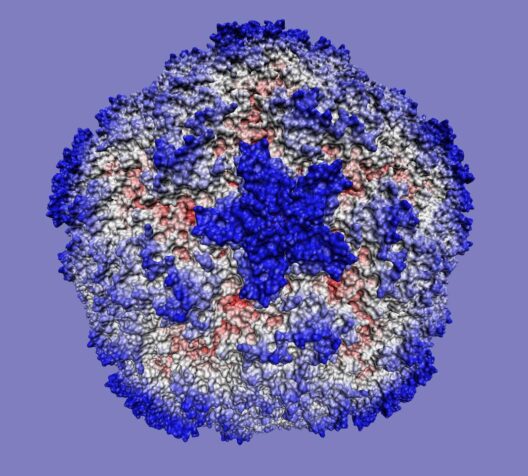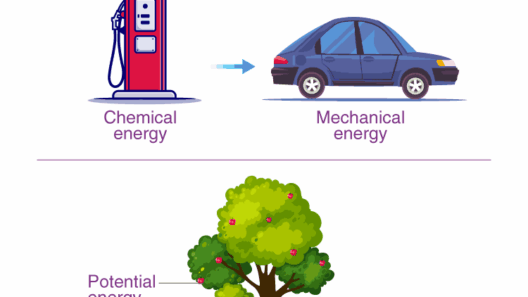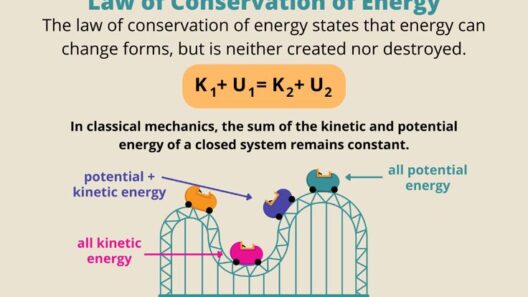In the contemporary landscape of electronic devices, understanding how to conserve energy is essential. The proliferation of gadgets, from mobile phones to smart home technology, has rendered energy conservation not merely a personal choice but a collective responsibility. Conserving energy with electronic devices transcends mere financial prudence—it’s a vital step towards mitigating climate change and safeguarding our environment.
Firstly, let’s explore the fundamental concept of “phantom load” or “vampire power.” This term refers to the energy consumed by devices even when they are turned off but still plugged into a power source. These culprits can often account for a significant portion of a household’s energy consumption. To combat this inefficiency, unplug devices when they are not in use. Alternatively, consider using power strips equipped with surge protectors featuring an on/off switch, allowing you to easily disconnect multiple devices when necessary.
Next, there are devices that consistently use energy while performing daily functions. For instance, home networking equipment such as routers and modems can contribute to a substantial energy load when left operational continuously. Investing in energy-efficient models or routers with sleep mode capabilities can drastically reduce energy consumption. Such devices automatically enter a low-power state during inactivity, seamlessly balancing connectivity with conservation.
Another formidable area of energy conservation lies within the realm of computer usage. Modern laptops and desktops come with energy settings that optimize power use without sacrificing performance. Adjusting screen brightness, activating sleep mode when the device is inactive, and utilizing energy-efficient components can make a palpable difference. Moreover, consider transitioning to solid-state drives (SSDs), as they consume less power than traditional hard disk drives.
Mobile devices deserve special attention in the discourse on energy conservation. Charging practices significantly affect energy consumption. Utilizing the charger that comes with a device is advisable, as third-party chargers may not be optimized for efficiency. Moreover, charging overnight can lead to overcharging, where the battery depletes energy unnecessarily after reaching full capacity. Instead, charge devices during the day and disconnect them once fully charged, helping reduce energy waste.
Additionally, the advent of smart home technology offers innovative solutions for energy efficiency. Smart thermostats, for instance, can learn your routine and adjust heating and cooling systems accordingly. This responsive technology leads to not only a more comfortable living environment but also conservation of energy. Furthermore, smart lighting systems can automatically turn off when a room is unoccupied or adjust based on natural light availability.
In the kitchen, energy-efficient appliances are crucial to curtailing energy consumption. Dishwashers, refrigerators, and microwaves have evolved over the years with enhanced energy ratings. When purchasing new appliances, it is wise to prioritize those with high Energy Star ratings, as they signify optimal energy performance. Furthermore, maintaining appliances to ensure they operate efficiently—such as cleaning filters and seals—also aids in energy conservation.
Television sets represent another significant source of energy consumption in many households. Modern televisions often have energy-saving modes that can be activated with a simple adjustment. Reports suggest that turning off the screen instead of putting it on standby when not in use can yield substantial energy savings over time. Such small, conscious changes in viewing habits can aggregate into large reductions in energy use.
Moreover, consider the use of renewable energy sources to power your electronic devices. Solar chargers, for example, can harness the sun’s energy to charge portable devices. This not only lessens reliance on grid electricity but also contributes to a more sustainable energy ecosystem. Understanding local energy options and advocating for their utilization promotes a broader shift toward sustainability.
Another often-overlooked aspect of conserving energy is education and awareness. By engaging family members in discussions about energy consumption, everyone can contribute to reducing overall usage. Hosting workshops that emphasize the importance of energy efficiency can promote responsible behavior and empower individuals to make conscientious choices. Simple practices, such as conducting energy audits on personal devices or forming community challenges, can foster a culture of conservation.
Lastly, the digital world’s advent brings forth the energy footprint of the software we use. Cloud computing and streaming services consume excessive amounts of energy to maintain vast data centers. By downloading content for offline use instead of streaming, you can significantly mitigate energy expenditure related to data transfer and server loads. Being mindful of the software ecosystem plays an essential role in conserving energy at both individual and macro levels.
In conclusion, conserving energy with electronic devices is an attainable yet profound goal that requires conscious effort and awareness. By understanding the intricacies of energy consumption, practitioners can implement various strategies that not only foster personal savings but also contribute to a globally sustainable future. Shifting towards energy-conscious practices, from eliminating phantom loads to leveraging renewable solutions and empowering one another through education, holds the promise of significant progress in our collective journey towards environmental stewardship. The decision to power down not only allows individuals to save up economically but also reverberates positively through the ecological fabric of our planet.


